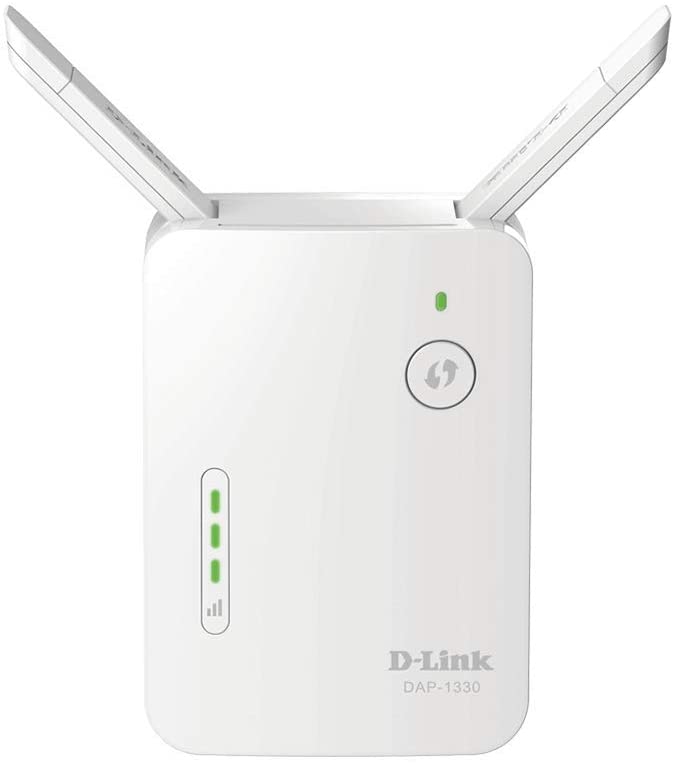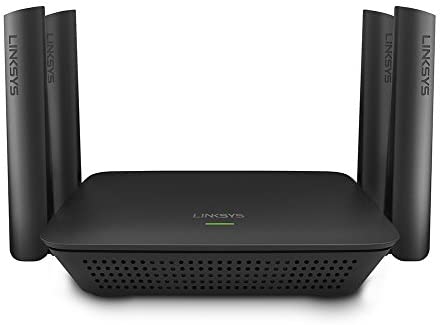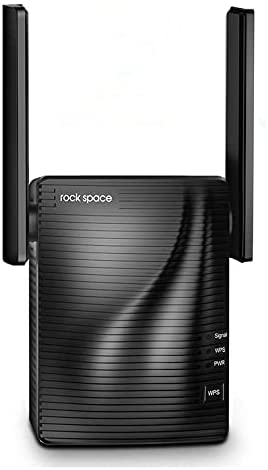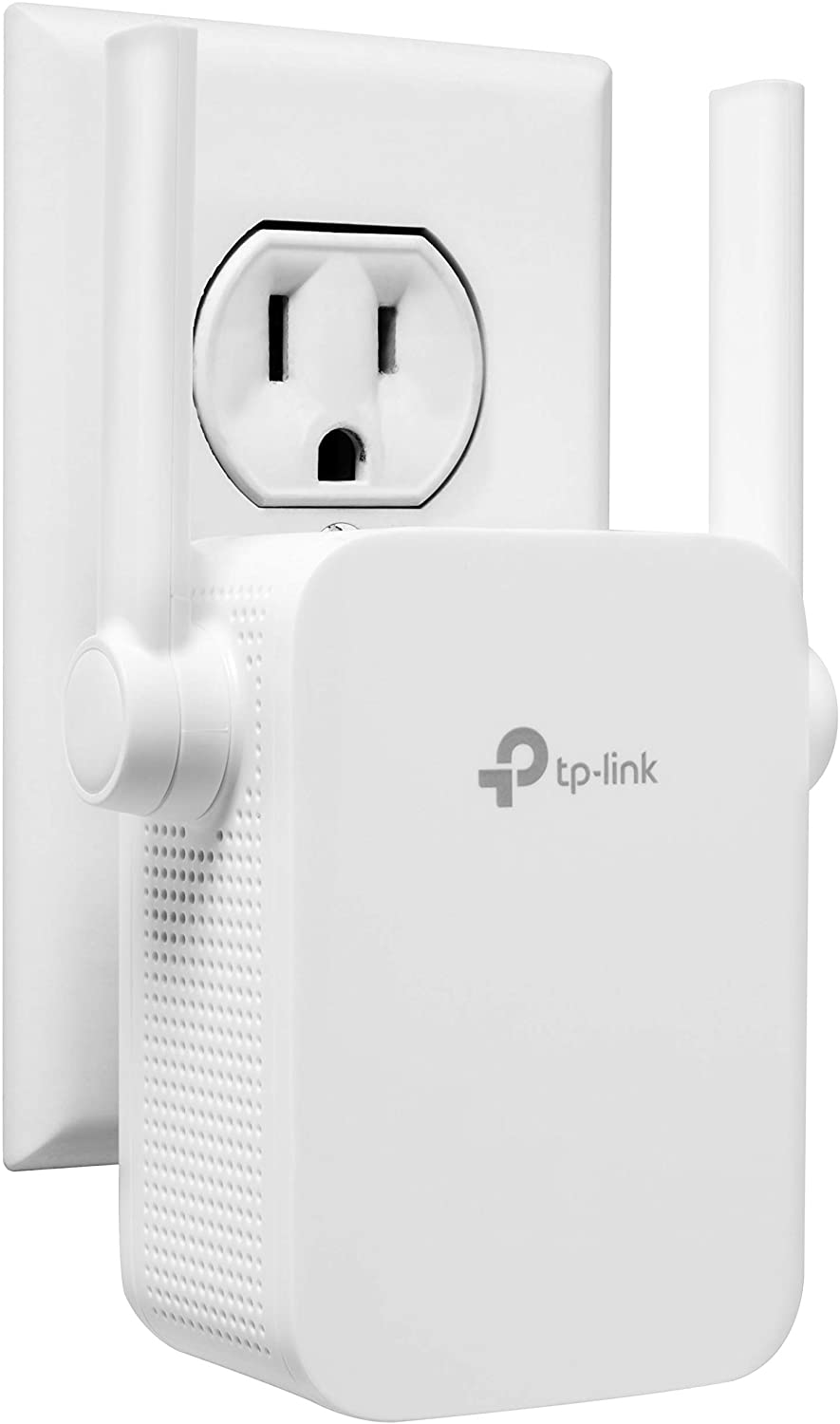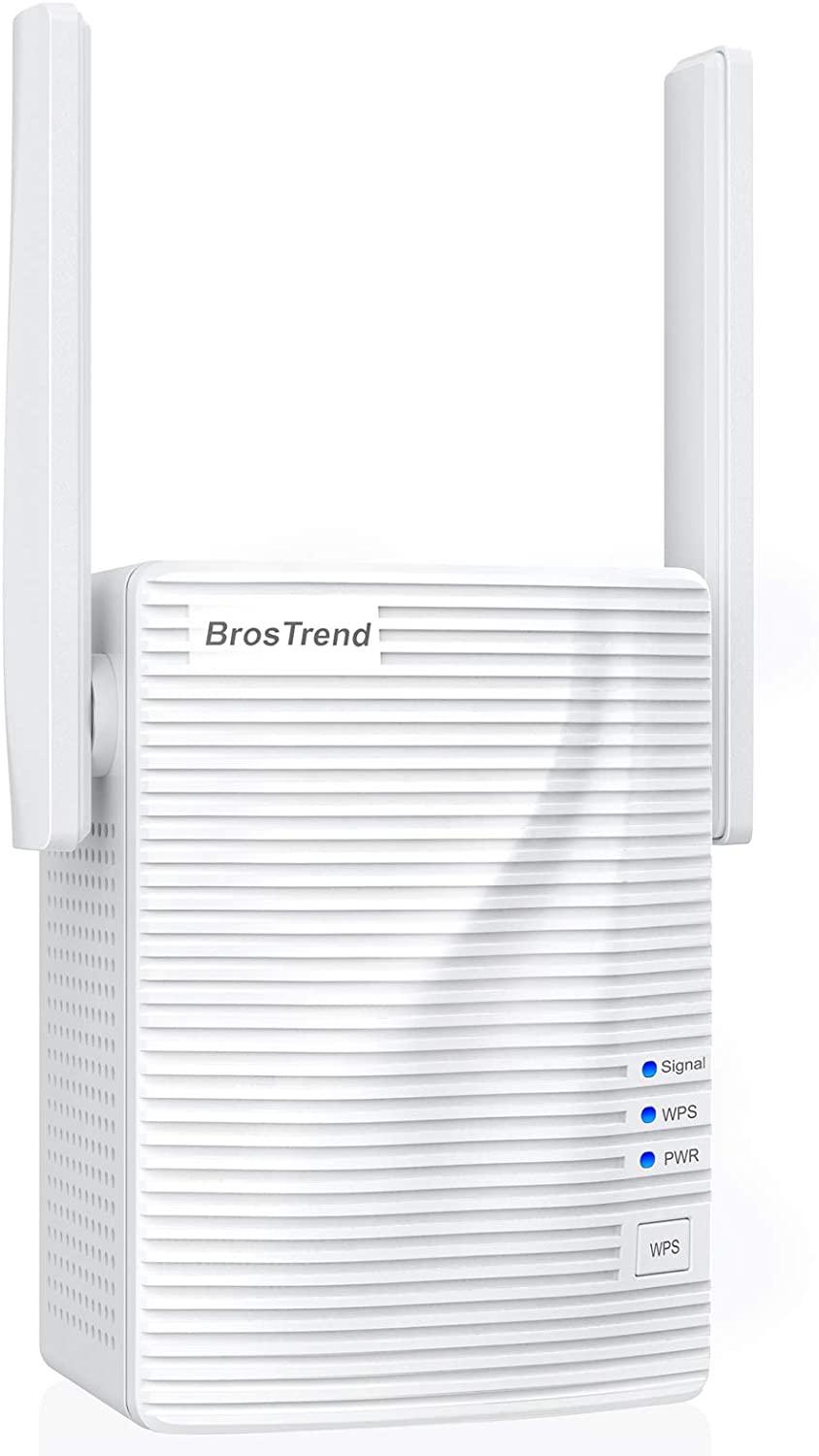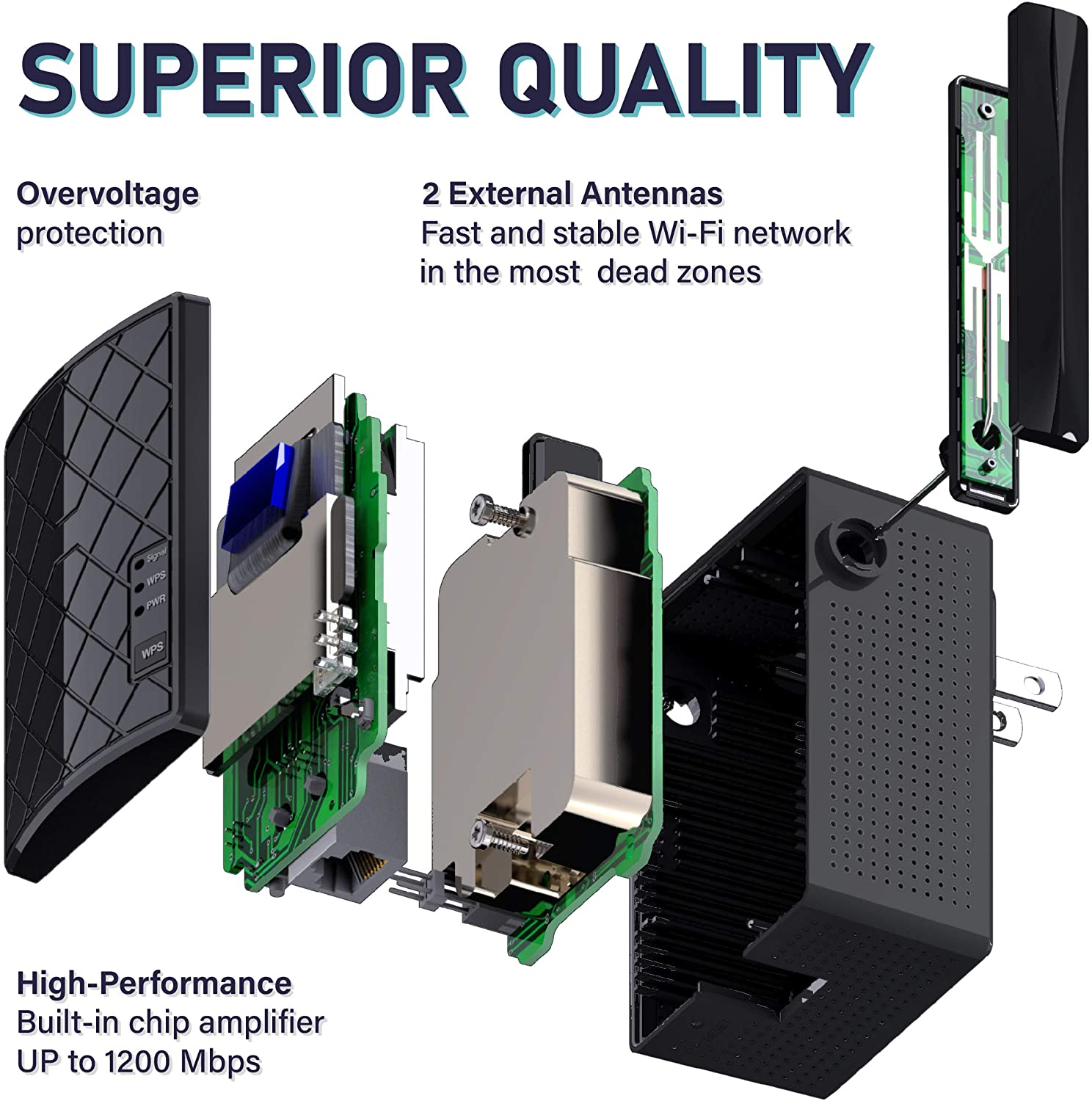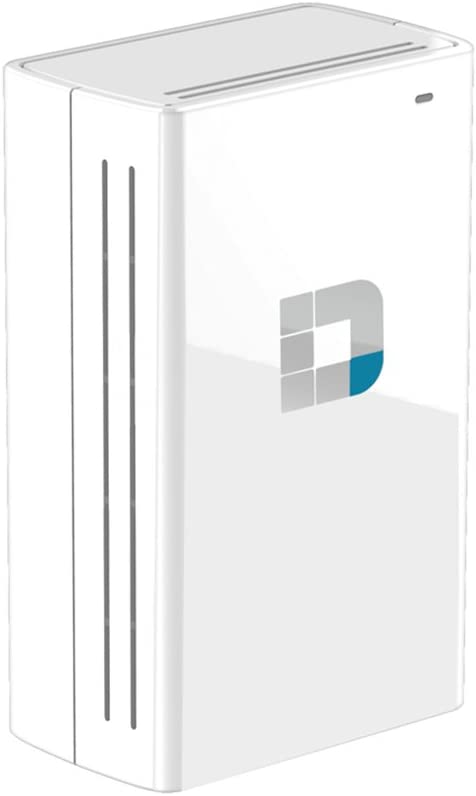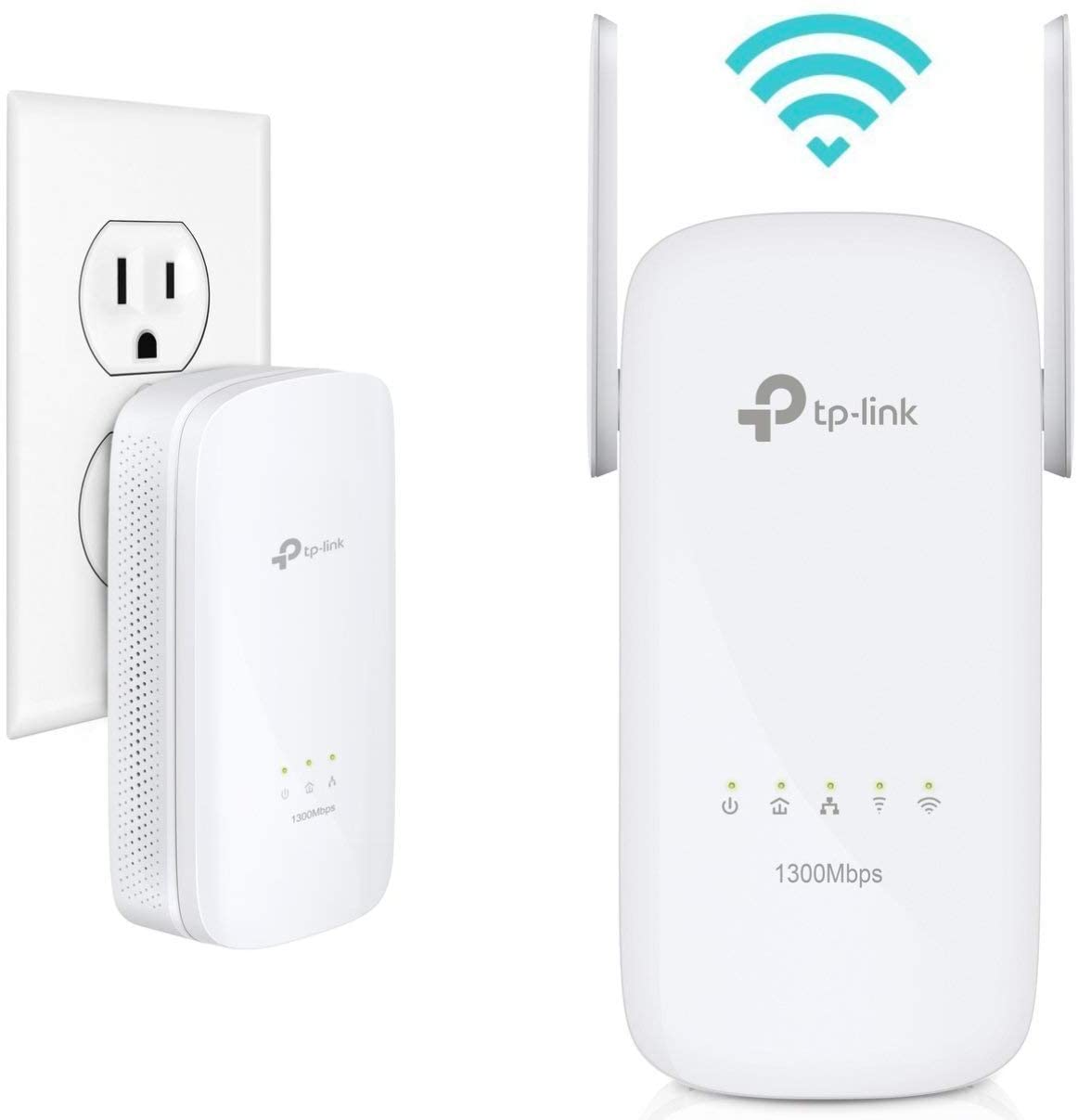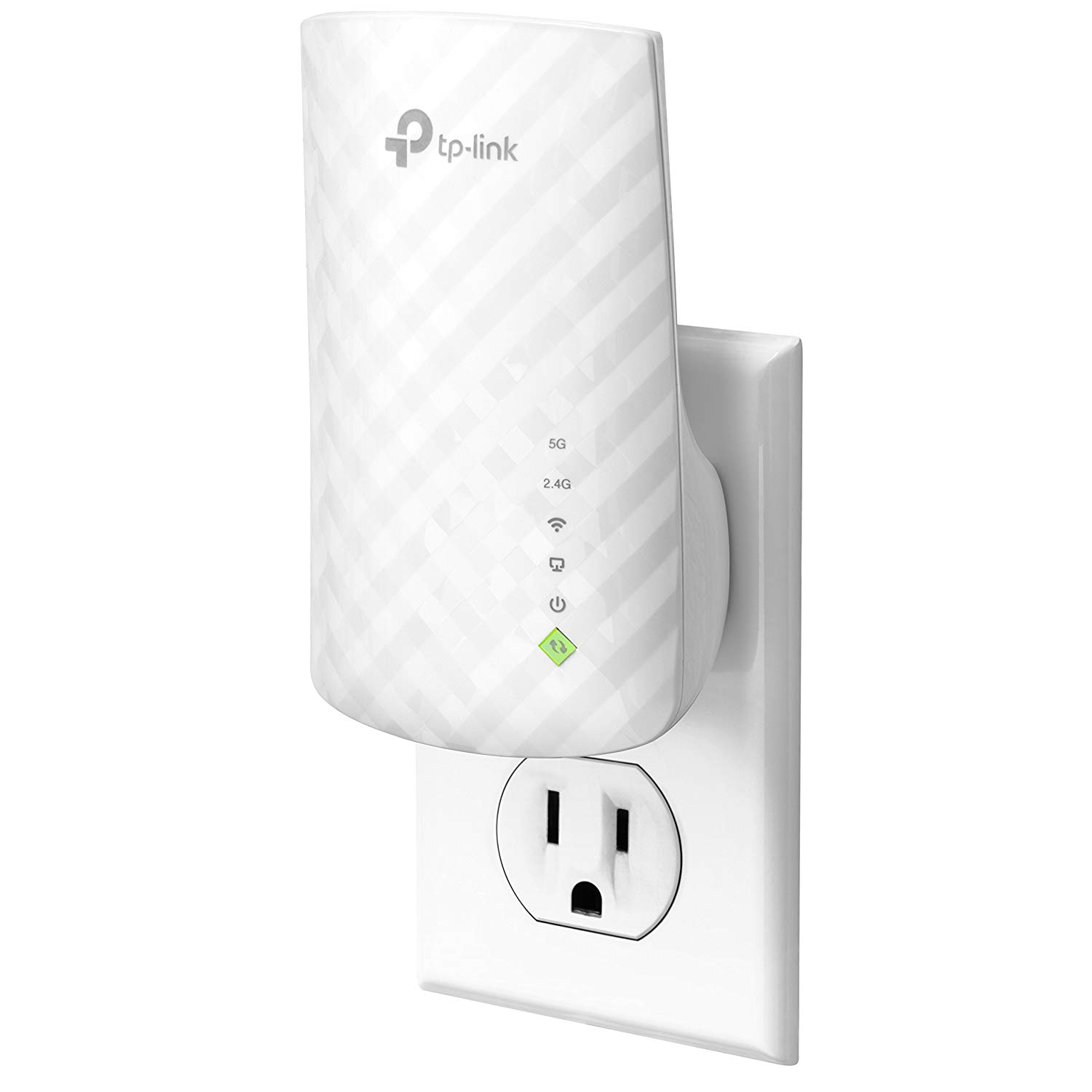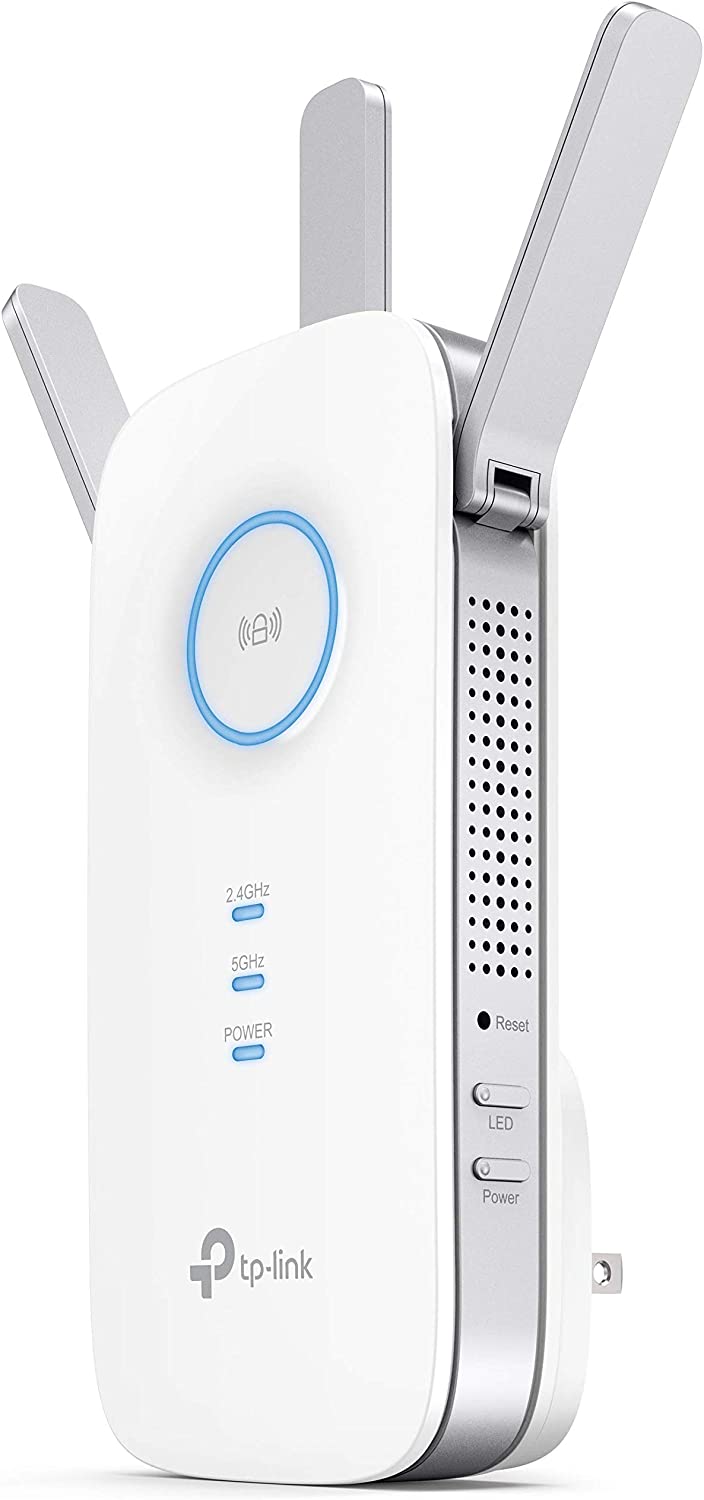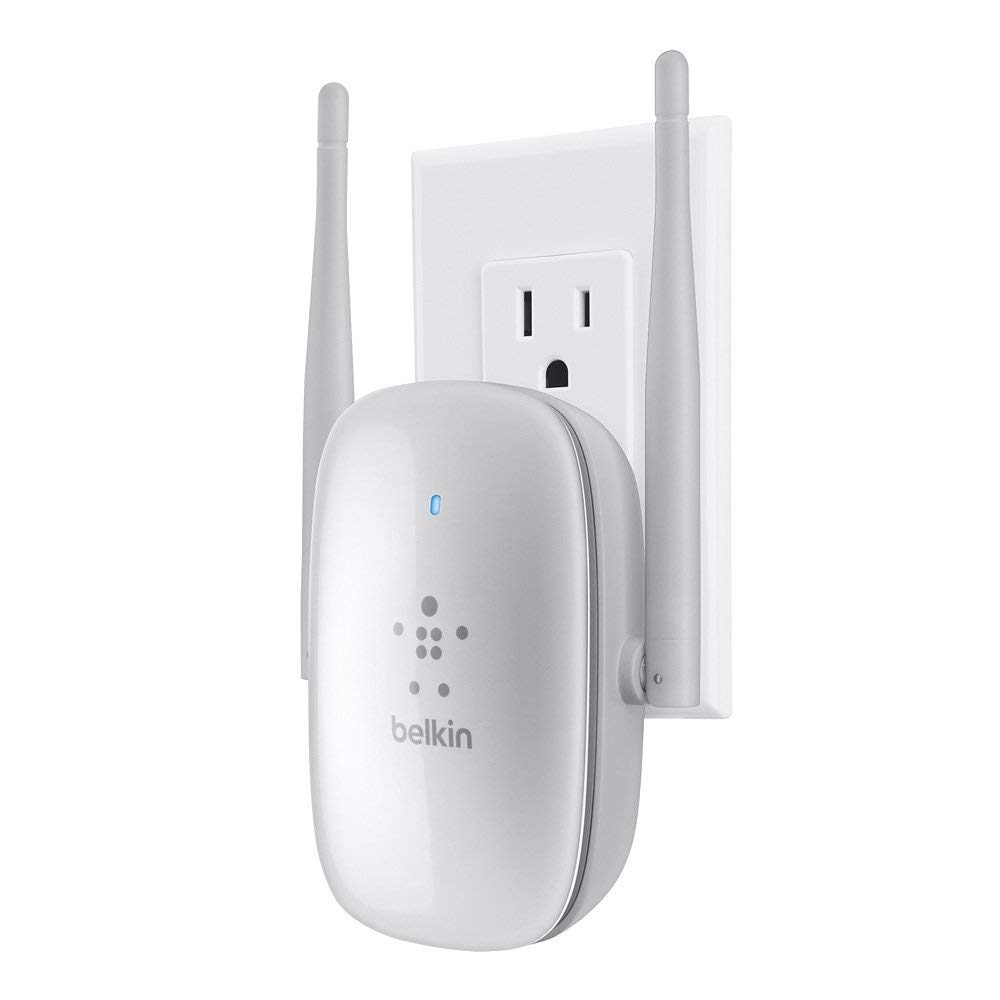TP-Link Wi-Fi Extender
Last updated: December 21, 2018
We looked at the top Wi-Fi Extenders and dug through the reviews from some of the most popular review sites. Through this analysis, we've determined the best Wi-Fi Extender you should buy.
Product Details
In our analysis of 32 expert reviews, the TP-Link AC2600 Wi-Fi Extender placed 11th when we looked at the top 13 products in the category. For the full ranking, see below.Our Expert Consultant

Patrick Ward
Editor-in-chief of High Speed Experts
Editor-in-chief of High Speed Experts
Patrick Ward is the editor-in-chief of High Speed Experts, a broadband connectivity-, search engine- and IT-industry education blog that empowers consumers by open-sourcing information about tech services. He earned his bachelor’s degree in commerce with an emphasis on communications at the University of Sydney. His expertise spans the digital, emerging tech and telecommunications fields.
Expert Reviews
What reviewers liked
It delivers good throughput and range
Easy to install. Uses Multi-User Multiple In Multiple Out (MU-MIMO) technology. Lots of management features. Good 5GHz throughput on our tests.
With high compatibility, a user-friendly interface, and the remarkable power to deliver connectivity where it's needed, you can't go wrong with this pick.
It uses multi-user multiple in multiple out (MU-MIMO) technology
What reviewers didn't like
The Wi-Fi range extender is expensive and so big that it can block an adjacent outlet.
Pricey. Range and 2.4GHz performance in testing is middling.
Its a bit expensive and range and 2.4GHz performance in testing is middling
View our Wi-Fi Extender buying guide for in-depth advice and recommendations.

